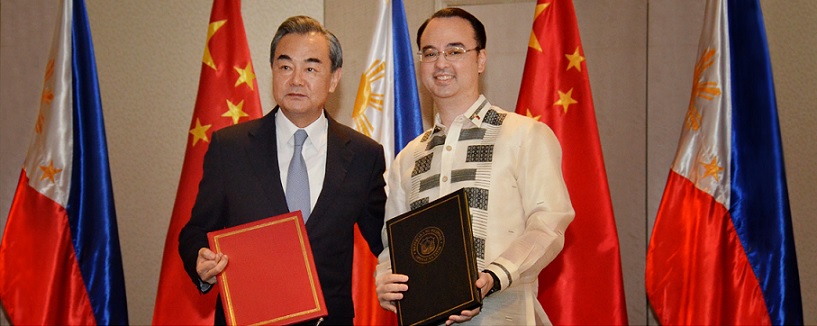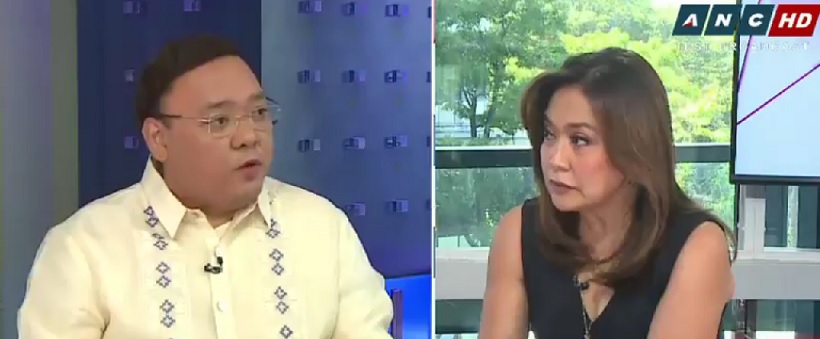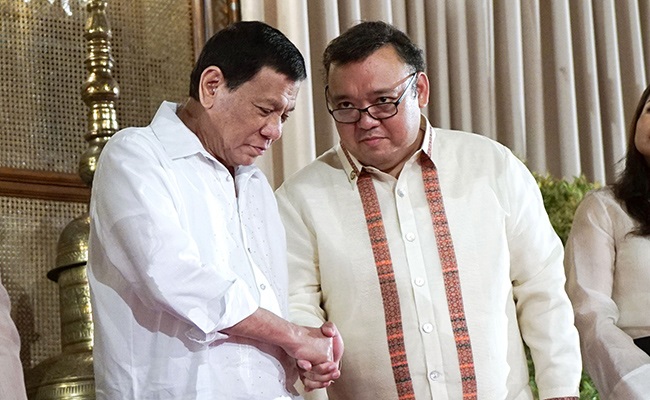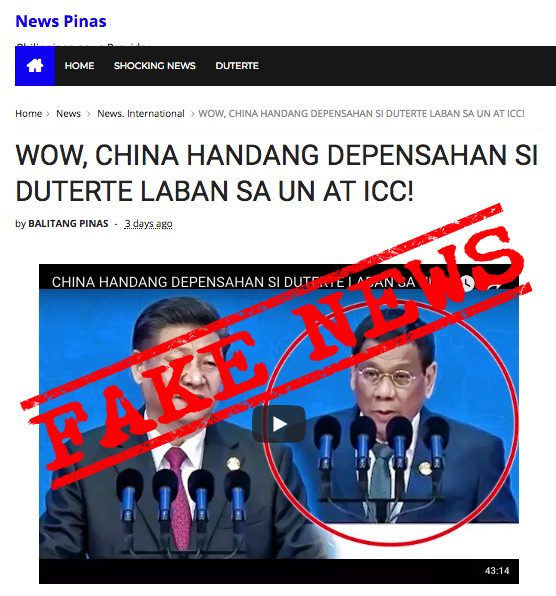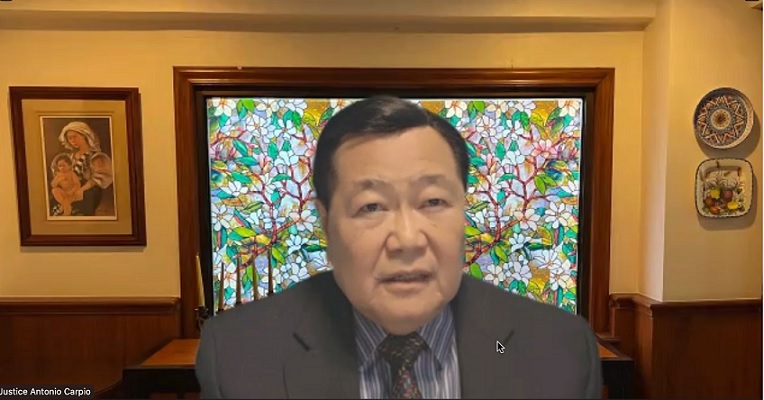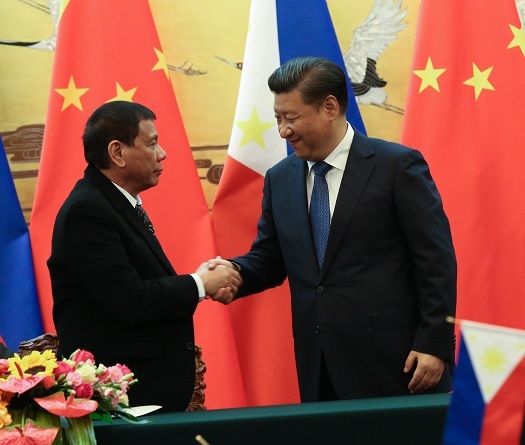
China’s President Xi Jinping receives President Duterte in Beijing in October 2016. Malacanang photo by Toto Lozano.
All these efforts and pronouncements about joint exploration with China in Philippine territory is in connection with the state visit of China’s President Xi Jinping in November.
Xi is expected to proceed here after the summit of Asia Pacific Economic Cooperation leaders in Papua New Guinea on Nov. 12 to 18.
This was confirmed by Presidential Spokesperson Harry Roque in his briefing yesterday. Asked how soon the PH-China joint exploration agreement would be signed, Roque said: “No time frame. But of course because of the impending visit of President Xi, I would say that it is anytime between now and the visit of President Xi. But it was not expressly stated as such.”
Roque said Duterte, during his visit to Beijing, invited Xi “not just to come to the Philippines, but to come to his house and have dinner in his house in Davao.”
Xi was here during the 2015 APEC summit when the president was Benigno Aquino III. Given the strained relations between China and the Philippines then, many remember the awkward moments when the disconnect between Aquino and Xi were obvious.
There has been a dramatic shift in the relationship between China and the Philippines under the Duterte administration. The President even joked about the Philippines as a province of China.
Duterte also revealed that in one occasion, Xi assured him that “We will not allow you to be taken out from your office…”
And what’s the best way to reciprocate such protection but to offer what China has coveted for so long: access to Reed Bank also known as Recto Bank , 85 nautical miles west of Puerto Princesa and within the country’s 200 nautical mile Exclusive Economic Zone .
Reed Bank which China calls Liyue Tan is included in its controversial 9-dash line map covering almost the entire South China Sea.
China had actually gained access to the area through the 2005 PH-China-Vietnam Joint Marine Seismic Undertaking during the administration of Gloria Arroyo. The constitutionality of that project has been questioned by the progressive group Bayan before the Supreme Court which has not released its decision up to now.
One of China’s contribution to the tripartite project was the ship. The findings of the seismic survey which was completed in 2007 has not been disclosed publicly.
The Department of Energy has estimated that the entire Reed Bank has 1.035 million hectares of potential gas and oil field worth some $23.2 billion.
Foreign Secretary Alan Peter Cayetano said the sharing of what would be extracted from the area of the joint exploration would be 60-40 in favor of the Philippines which, he further said, China agreed.
Cayetano also said Philippine sovereignty would not be compromised.
Acting Chief Justice Antonio Carpio has said he is not opposed to the joint venture “As long as the joint development complies with the Philippine Constitution and there is no waiver of our sovereign rights under the arbitral ruling.”
The Arbitral Court ruling states “Having found that Mischief Reef, Second Thomas Shoal and Reed Bank are submerged at high tide, form part of the exclusive economic zone and continental shelf of the Philippines, and are not overlapped by any possible entitlement of China, the Tribunal concluded that the Convention is clear in allocating sovereign rights to the Philippines with respect to sea areas in its exclusive economic zone. The Tribunal found as a matteroffactthatChinahad(a)interferedwithPhilippinepetroleumexplorationatReedBank…”
Carpio has serious doubts if the agreement with China over Recto bank would pass the Constitutionality test.
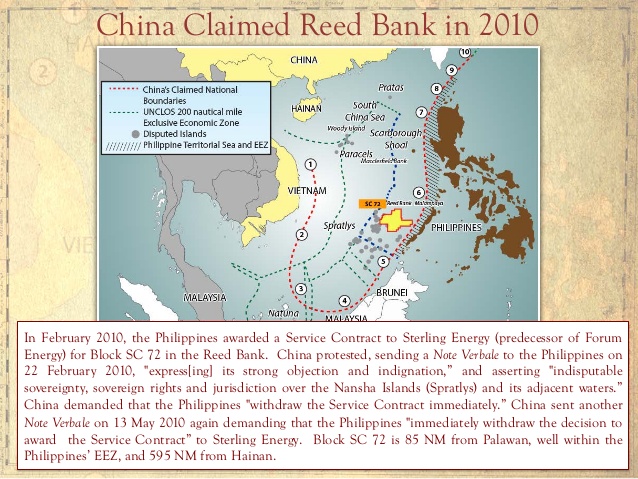
From Acting Chief Justice Antonio Carpio’s lecture presentation.
He recalled the time businessman Manuel V. Pangilinan, whose company, Philex, is the majority shareholder of Forum Energy Plc., a London-based listed oil and gas exploration firm, which won the SC 72 concession to explore within Reed Bank went to China National Offshore Oil Corp. (CNOOC) in May 2012 to invite the state-owned company to be part of the consortium.
Pangilinan had to bring in the Chinese firm because they were unable to start the exploration as Forum Energy ’s ships were constantly harassed and prevented by Chinese ships. In his memo to President Aquino, Pangilinan said the CNOOC president told him, “A Farm-In Agreement into SC 72 is not acceptable given the sovereignty issue.”
The CNOOC president also informed Pangilinan that his firm was also granted by the Chinese government explorations rights over the area.
Still, Pangilinan said, CNOOC saw no obstacle to commercial and technical cooperation while allowing any question over sovereignty to be resolved as a separate matter on a Government-to-Government basis.
China’s concept of “setting aside dispute and pursuing joint development” as explained in its Foreign Ministry website has the following four elements: 1. The sovereignty of the territories concerned belongs to China; 2. When conditions are not ripe to bring about a thorough solution to territorial dispute, discussion on the issue of sovereignty may be postponed so that the dispute is set aside. To set aside dispute does not mean giving up sovereignty. It is just to leave the dispute aside for the time being; 3. The territories under dispute may be developed in a joint way; 4. The purpose of joint development is to enhance mutual understanding through cooperation and create conditions for the eventual resolution of territorial ownership.
The Philippine Constitution on the other hand states, “The State shall protect the nation’s marine wealth in its archipelagic waters, territorial sea and exclusive economic zone and reserve its use and enjoyment exclusively to Filipino citizens.”
Carpio said the public should be vigilant on the agreement to be signed with China.
